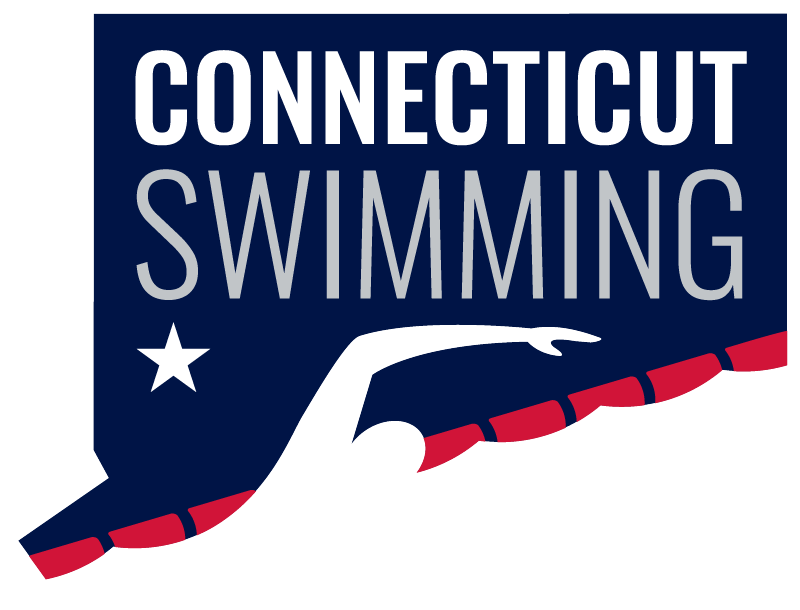- Active Recovery – This is a low-intensity exercise that swimmers perform after a strenuous swim to help their recovery.
- Assisted Swimming – This refers to swimming with a buoyancy aid or other equipment that helps with proper body positioning.
- Backstroke -A type of swimming stroke in which the swimmer swims while on their back using alternating, circular arm movements and flutter kicks.
- Balance -Balance is maintaining the body’s equilibrium and stability while swimming.
- Bilateral Breathing -A type of breathing technique in which a swimmer alternates their breathing between the left and right sides. This type of breathing helps to improve the swimmer’s balance while in the water.
- Breaststroke – This is a type of swimming stroke in which a swimmer’s body is facing down, and their arms move in a half-circular motion as they kick their legs simultaneously in a frog kick. It is a slow stroke that allows the swimmer to swim with their head above water.
- Brisk -This means an energetic swimming pace done for short distances and won’t cause excessive fatigue.
- Butterfly -A swimming technique similar to breaststroke with the swimmer facing the water. The stroke involves moving one’s arms in unison forward and above the water while performing dolphin kicks with their legs.
- Cruise – When a swimmer swims at a comfortable pace for an extended period, they’re said to “cruise.”
- Circle Swim -A method of sharing a single lane with multiple swimmers by staying on the right side of the swim lane and moving in a counterclockwise direction
- Distance per stroke -Distance per stroke measures how far a person has traveled, in meters or yards, based on the number of forward strokes they have performed.
- Dolphin Kick -A swimming technique in which swimmers move their legs together in an up-and-down movement, similar to the swimming movements of a dolphin. This type of kick is part of the butterfly stroke.
- Flutter Kick -A type of kick in which the swimmer uses short yet fast, up-and-down movements of the legs. The swimmer alternates legs with the direction of the kick, starting at the hip.
- Flip Turn -A fast and efficient technique in which a swimmer changes their direction at the end of a lane by executing a somersault underwater and pushing off the wall.
- Freestyle -A swimming category in which the swimmer can choose any stroke, except for backstroke in a triathlon or medley.
- Front Crawl -Front crawl is a fast stroke that involves alternating strokes and flutter kicks. While swimming, the swimmer faces downward and turns their head to the side to breathe. The term is commonly associated with freestyle because of its popularity at events.
- Glide -A period where the swimmer propels themselves smoothly forward while maintaining a streamlined form and without kicking arm strokes or movement of the head or body.
- Goggles -Eyewear protects a swimmer’s eyes from chlorine or other irritants. Goggles may also improve the swimmer’s vision underwater and may have polarized lenses to protect from sun glare when swimming outdoors.
- Kickboard -This training aid is beneficial in helping swimmers adjust to being in the water with kick exercises and hip positioning.
- Kick -The moving of a swimmer’s legs to create propulsion.
- Lane lines – These are the dividers between swimming lanes to keep swimmers separated and prevent accidental collisions.
- Lap Swimming -Swimming up and down the length of the pool with one lap equaling the length.
- Saltwater Pool – This pool uses salt as a means of sanitation instead of liquid or solid chlorine. A salt chlorine generator then turns the salt into chlorine, which results in softer water that does not smell of chlorine, is less expensive, and is gentler to the skin.
- Skinsuit – This form-fitted swimsuits that swimmers wear during competitions to improve performance and reduce drag.
- Swim Cap -A form-fitted cap that protects the swimmer’s hair from chlorine and helps to reduce drag.
- Water Aerobics -A type of low-impact exercise that is performed in a shallow pool.
